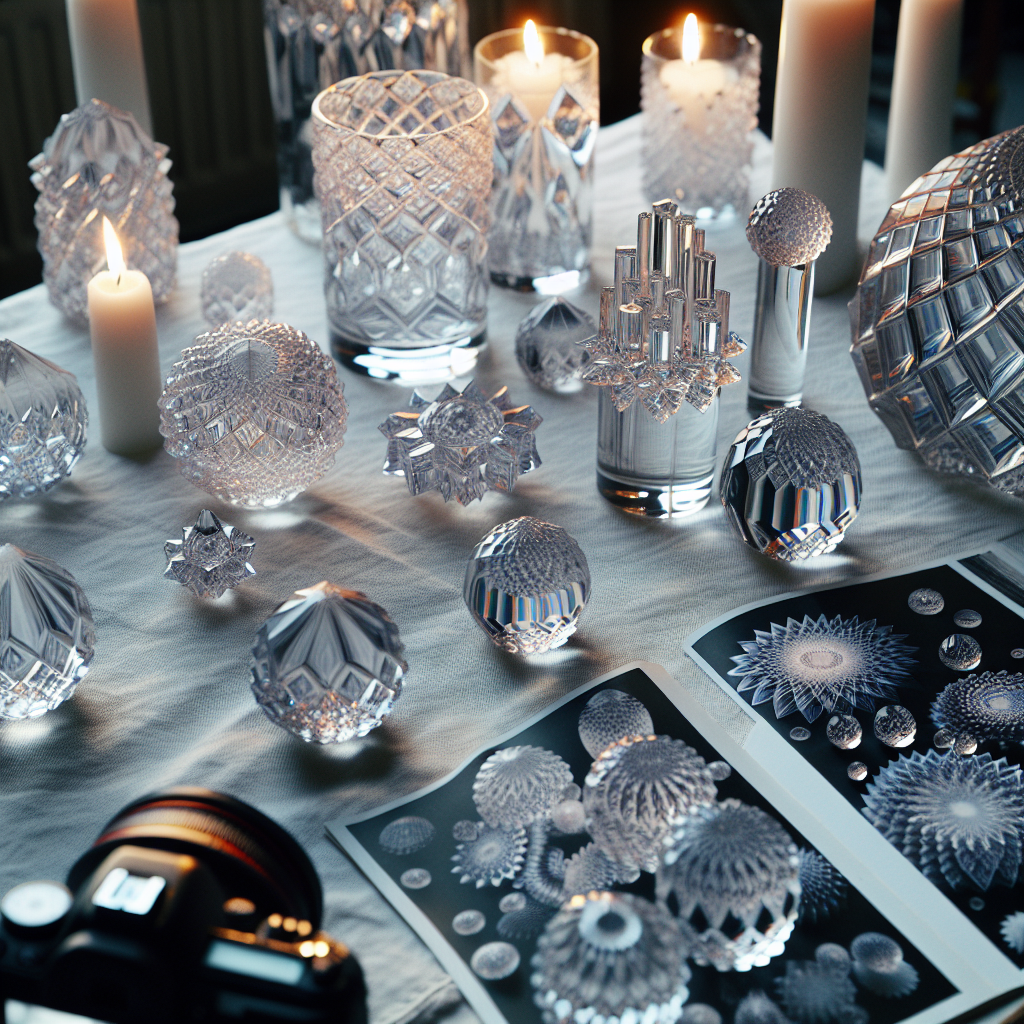Choosing Your Base Candle
Understanding Wax Types
When I first started making crystal candles, I was stumped by the different types of wax available. From paraffin to soy, each type comes with its own set of properties. Personally, I gravitate towards soy wax because it’s more environmentally friendly and burns cleaner. This means my candles not only look good but are kind to the planet as well.
Another key thing to consider is the scent throw. Soy wax tends to hold onto fragrance oils better than paraffin, which really helps when it comes to creating a vibrant and aromatic experience. I love filling a room with a warm, inviting scent, and soy wax really packs a punch!
Additionally, the melting point of wax matters too if you want to layer your designs with crystals. Soy wax typically melts at a lower temperature, allowing for safe layering without risk of damaging your beautiful gems. It’s all about finding the right balance between aesthetics and functionality!
Selecting the Right Crystals
Properties and Placement
Picking the right crystals is like assembling a team for a big game; every piece works together to create something magical. When I select crystals, I think not just about how they look but also their properties. For instance, amethyst is great for calming energy while citrine promotes positivity. It’s fascinating how each one can bring different vibes!
Placement is crucial too. I believe in the subtle art of layering. For example, I often place larger, more prominent crystals at the bottom for visual grounding, with smaller ones sprinkled on top. This not only looks amazing but draws the eye, creating layers of intrigue. I like to think of it like building a landscape.
And let’s not forget about safety! Some crystals can be sensitive to heat, so always do your homework. I once had a stunning piece of selenite that didn’t fare well with the melting wax. Lesson learned—know your stones and choose wisely!
Melting and Mixing Techniques
Creating the Perfect Blend
As I got into the nitty-gritty of candle making, melting and mixing became my playground. I love experimenting with different scents. My go-to method is to melt the wax to about 170°F before adding fragrance oils. This temp really lets the oils blend in beautifully, enhancing the final scent profile.
I’ve found that some oils have a stronger scent throw than others, so I usually start with a base note that lingers, like sandalwood. Then, I like to add middle and top notes to brighten things up—think citrus or floral! It’s all about balance, and I enjoy testing blends until I find that perfect combo.
Another tip is to pour the wax slowly to prevent bubbles from forming. I use a chopstick to stir the mixture and make sure everything is well combined—definitely makes a difference! It’s a bit of an art, and practice makes it easier over time.
Layering Your Candles
Creating Depth and Dimension
Layering candles is where things get really fun and creative! I love the idea of creating different layers of color or scent, and it’s super easy once you get the hang of the basics. My favorite method is pouring different colored waxes in stages. I let each layer set for a little before pouring the next to make sure they stay distinct.
When working with layers, I often alternate lighter and darker shades. It’s like creating a beautiful sunset in a jar! Plus, I’ve learned that scent layering can also create an unforgettable olfactory experience. Just think how inviting a fresh peach layer could be below a warm vanilla layer—yum!
Patience is key here, though. I’ve rushed and ended up with muddied colors before—trust me, not a good look. Letting each layer harden properly gives the finished candle a professional look that’s sure to impress.
Finishing Touches
Personalizing Your Candle
The final part of my candle-making adventure is all about the finishing touches. This is where I unleash my inner artist! Whether it’s adding decorative elements, labels, or even a personal message, I love to make each candle one-of-a-kind.
One of my favorite tricks is to use dried flowers or herbs on top of the candle once it’s completely set. It gives a rustic feel and can be customized to match the occasion—rose petals for romance or sage for a peaceful vibe. I find it adds a little extra magic to the whole experience.
Finally, don’t underestimate the power of a good wick. I always choose a wick based on my candle size and wax type—wood wicks for a crackling effect or cotton for a simple flame. It’s the small details that really bring everything together and create a delightful ambiance!
FAQs
1. What type of wax is best for crystal candles?
From my experience, soy wax is the best option. It’s eco-friendly, burns cleanly, and holds scents really well. Plus, it works great for layering with crystals!
2. Can I use any type of crystal in my candles?
Not all crystals are suitable for burning. Some can get damaged from heat, affecting the candle’s integrity. Do your research and stick with crystals that are heat-resistant like quartz or citrine.
3. How do I properly layer wax for my candles?
The key is patience! Let each layer harden before adding the next, and consider using different colors to create visually appealing layers. It’s a gorgeous way to add depth!
4. What should I add for a personal touch?
Everything from dried flowers to custom labels can personalize your candles. Get creative with your decorations—it’s a great way to reflect your style or the occasion!
5. How can I enhance the scent of my candles?
Using high-quality fragrance oils is crucial. Adding them at the right temperature when melting the wax helps them bind perfectly. Experiment with layering scents for a unique blend that fills your space!

